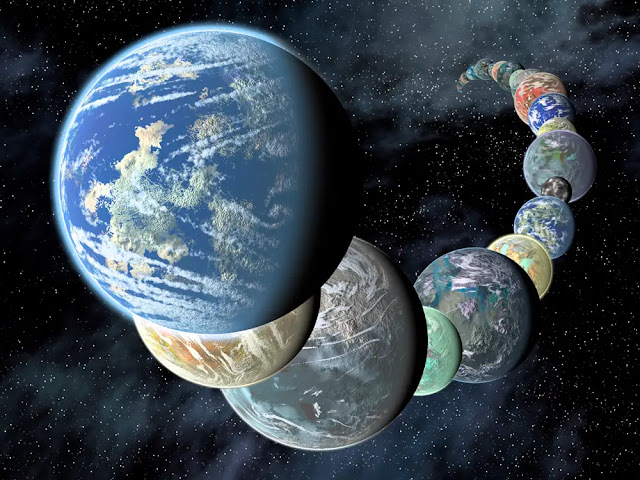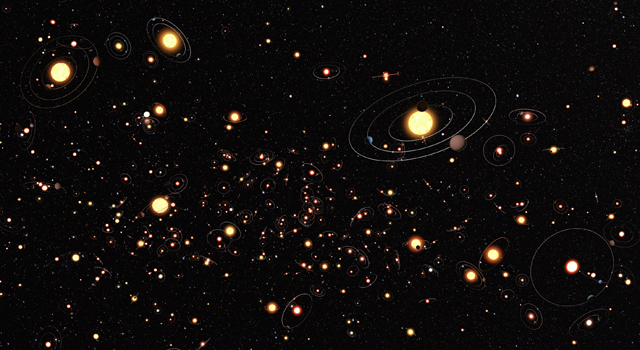Astronomers estimate that there are 6 billion Earth-like planets in the Milky Way galaxy alone.
Astronomers at the University of British Columbia (UBC) analyzed data from NASA’s Kepler mission to reach a stunning conclusion. The information on 200,000 stars was gathered by the Kepler planet-hunting spacecraft from 2009 to 2018.
The criteria used by the scientists for selecting such a planet maintained it had to be rocky, about the same size as Earth, and orbiting a star like our Sun. This planet also had to be in the habitable zone of its star, where the conditions would be just right to potentially allow for water and life.

UBC researcher Michelle Kunimoto, who co-authored the new study, and previously discovered 17 new planets (“exoplanets”) outside our Solar System, said their calculations “place an upper limit of 0.18 Earth-like planets per G-type star.” In other words, that’s about 5 planets per Sun.
The study’s co-author UBC astronomer Jaymie Matthews put this from another perspective, explaining that “Our Milky Way has as many as 400 billion stars, with seven percent of them being G-type. That means less than six billion stars may have Earth-like planets in our Galaxy.”
To conduct the study, Kunimoto utilized a technique known as ‘forward modeling,’ which allowed her to overcome the issue that Earth-like planets are hard to spot on account of being small and orbiting far from their star.
“I started by simulating the full population of exoplanets around the stars Kepler searched,” expounded the researcher in UBC’s press release. “I marked each planet as ‘detected’ or ‘missed’ depending on how likely it was my planet search algorithm would have found them. Then, I compared the detected planets to my actual catalogue of planets. If the simulation produced a close match, then the initial population was likely a good representation of the actual population of planets orbiting those stars.”
While the scientists came up with an impressive number of possible Earths, this likely doesn’t mean that’s how many such planets there are and if they would have a life like ours. But this new estimate definitely expands the possibility that similar planets are out there.
Check out the new study in The Astronomical Journal.
Do not forget to share your opinion with us to provide you with the best posts !





Hi to all, it’s really a fastidious for me to pay a quick visit
this site, it contains priceless Information.
I have read several just right stuff here. Definitely worth bookmarking
for revisiting. I wonder how so much attempt you put to make any such magnificent informative site.